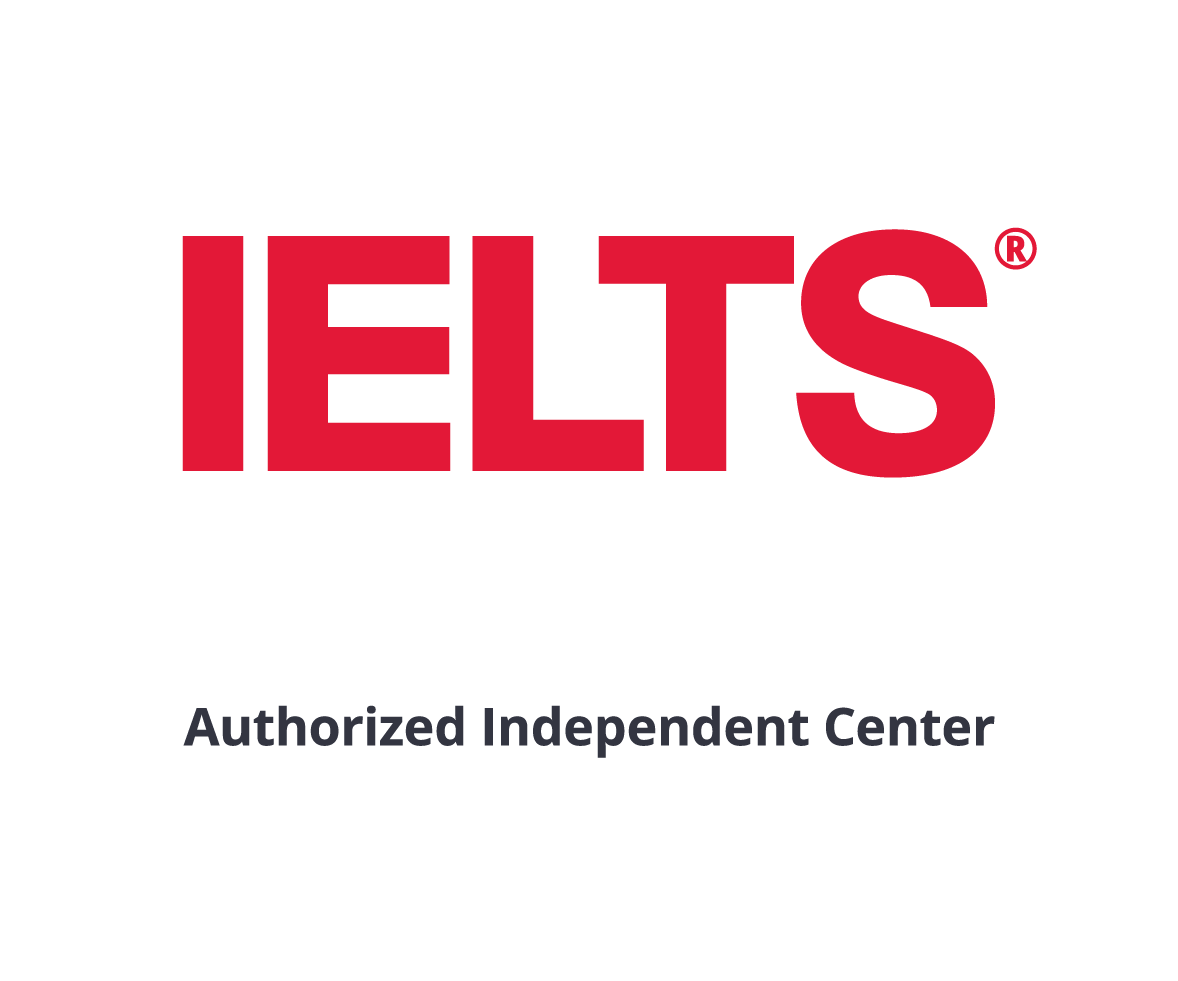The International English Language Testing System (IELTS) is a standardized test that measures the English language proficiency of non-native English speakers. It is recognized globally and is accepted by universities, employers, and immigration authorities in many countries.
The IELTS exam is divided into four main sections: Listening, Reading, Writing, and Speaking. Each section assesses different language skills and abilities.
The Listening section consists of four recorded conversations and monologues, with questions that test the candidate’s ability to understand the main ideas and specific details.
In the Reading section, candidates are required to read three passages and answer questions that test their comprehension and analytical skills. The passages are taken from books, magazines, newspapers, and academic journals.
The Writing section includes two tasks: Task 1 requires candidates to describe or explain a visual representation such as a graph, chart, or diagram, while Task 2 requires them to write an essay in response to a given prompt.
The Speaking section is a face-to-face interview with an examiner, where candidates are evaluated on their ability to communicate fluently and coherently, use a range of vocabulary and grammatical structures, and express their opinions and ideas effectively.
Overall, the IELTS exam is designed to assess a candidate’s ability to communicate in English in real-life situations, whether for academic, professional, or personal purposes. It is a valuable tool for individuals looking to study, work, or migrate to English-speaking countries.
In conclusion, the IELTS exam plays a crucial role in determining an individual’s English language proficiency and can open doors to various opportunities. Whether you are a student, a professional, or an immigrant, achieving a high score on the IELTS exam can significantly enhance your prospects for success in an English-speaking environment.
